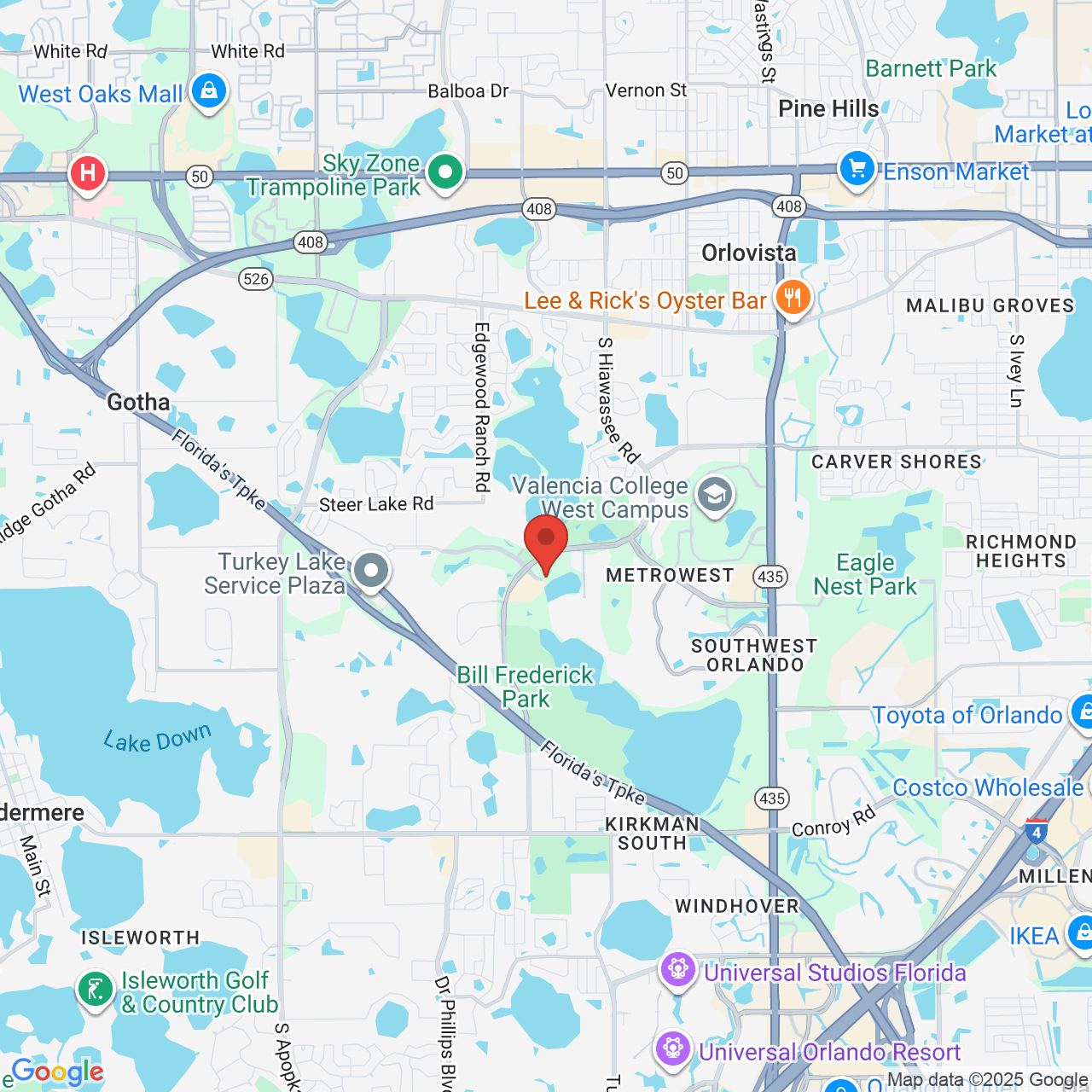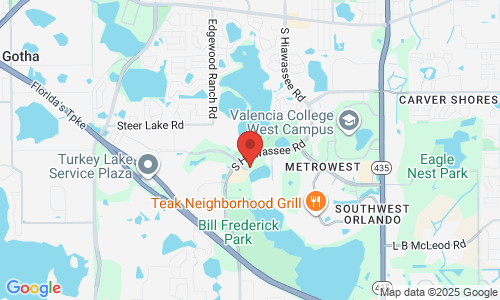Achieve a Straighter Set of Teeth with Orthodontics
Poorly spaced teeth can have an effect on the aesthetics of your smile, but they can also lead to more serious issues such as tooth decay and periodontal disease. To help prevent serious complications, and to give you a straighter and more beautiful smile, Dr. Susana Moncada of Windermere Dental Group provides Invisalign® and ClearCorrect™, as well as traditional orthodontics. Located in Orlando, FL, Dr. Moncada uses the latest dental technologies to provide patients with orthodontics and other cosmetic, restorative, and general dentistry treatments. To learn more about which solutions may be right for you, please contact us and schedule your consultation.
Why Orthodontics?
Correcting a set of crooked or crowded teeth can drastically improve the aesthetics of a smile, and help reduce feelings of self-consciousness. It can also improve overall health and well being. Poorly aligned teeth can result in jaw pain, plaque accumulation, decay, and an increased risk of gum disease. A straight smile, on the other hand, is much easier to brush and floss.
A straighter set of teeth can boost your confidence and help you achieve a healthier and more beautiful smile.
Can I Benefit from Orthodontics?
Orthodontics can correct a variety of dental issues. You may be a candidate for this treatment if you suffer with:
- Wide Spacing: Gaps and spaces between the teeth, which may be a result of abnormal growth of the jawbone, or missing and undersized teeth.
- Overbite: Upper teeth excessively overlapping the bottom line of teeth.
- Underbite: Lower teeth protruding in front of the upper teeth.
- Crowding: Teeth are overlapping, bunched together, and displaced.
- Open Bite: Spacing between the upper and lower biting surfaces when the jaws meet.
- Crossbite: One or more of the upper teeth bite laying inside of the lower teeth when the jaws meet.
Depending your concerns, needs, and goals, Dr. Moncada can guide you through your corrective treatment options, including fixed and removable appliances.
Types of Treatment
Dr. Moncada offers both modern and traditional orthodontic solutions. Metal braces are fixed appliances that are often recommended in cases of severe misalignment. The treatment consists of attaching bands, wires, and brackets to the teeth. These appliances place tension on the teeth to gradually move them into a proper position. Depending on your needs, braces are worn anywhere from a few months to a few years, with recommended monthly follow-ups to adjust tension.
Invisalign® and ClearCorrect™ are popular, discreet orthodontic treatments that provide greater convenience. They use virtually invisible mouthpieces to shift teeth gradually into their proper positions. These treatments usually provide the desired results within about a year for adults. For teens, treatment duration is comparable to that of traditional braces. During this period, patients wear their mouthpieces about 22 hours a day. Because they are removable, patients can eat any foods they choose, and brushing and flossing remain as simple as ever.
Learn How You Can Achieve a Straighter Smile
A straighter set of teeth can boost your confidence and help you achieve a healthier and more beautiful smile. To get started on your brand new smile, contact us today.








